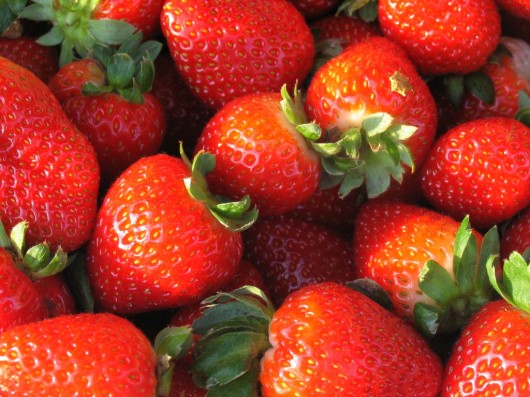Which Fruit Has The Most Fluoride?
What is Fluoride?
Fluoride is a naturally occurring mineral that is present throughout the earth. It is concentrated in water, soil, plants and many foods. Fluoride can be introduced to our body both systemically through ingestion of water, foods and supplements containing it. It can also be introduced topically to the teeth using pastes and rinses.
Fluoride in Our Bodies
When fluoride is ingested it is absorbed into our bones. This causes them to become stronger and fracture less easily. Because teeth are bones, fluoride helps strengthen teeth and prevent decay. The constant addition of fluoride causes re-mineralization of our bones. This means that even if it has been lacking for many years, the addition of it can help repair teeth and bones.
Lack of fluoride can increase the likelihood of significant tooth decay. This in turn can cause low self esteem, problems in careers or school and can even contribute to speech problems. Children with tooth decay are often affected by other serious health problems. Having enough fluoride can help prevent pain and reduce health care costs.
Though rare, sometimes an individual can have too much fluoride. This is often caused by taking to high of a supplement dose or swallowing toothpaste. For someone who steadily is getting too much fluoride, it can lead to fluorosis. Fluorosis is a relatively harmless staining of the teeth. It causes white spots to appear on the surfaces. A continuous high level of fluoride has been linked to reduced bone strength, kidney problems, and an increase risk of DNA damage.
Studies have shown that the majority of people do not receive enough fluoride, especially in communities that do not fluorinate their water. Besides taking a supplement and using fluorinated toothpastes, you can also increase your fluoride intake by eating a variety of foods.
Top Fruits For Fluoride Content
The amounts of Fluoride are given for 100g of each fruit.
1 Strawberry 4,40 mcg
2 Peach 4,00 mcg
3 Apple 3,30 mcg
4 Banana 2,20 mcg
5 Plum 2,00 mcg
6 Cherry (sweet) 2,00 mcg
7 Watermelon 1,50 mcg
8 Melon (Cantaloupe) 1,00 mcg
9 *
*Nutrition data for other fruits did not indicate fluoride content.
